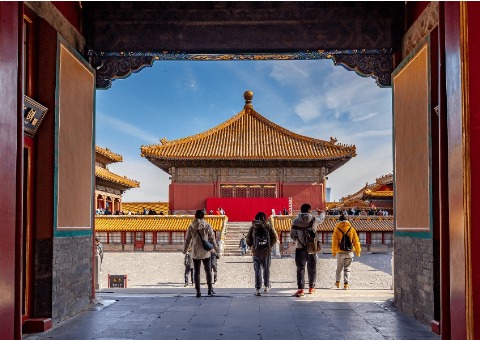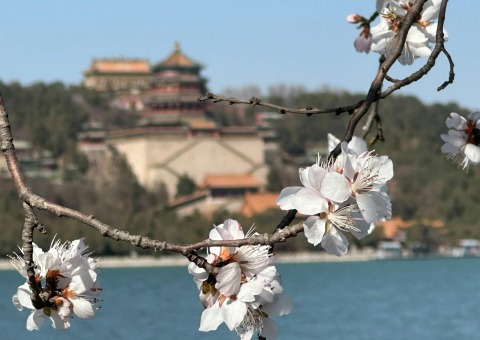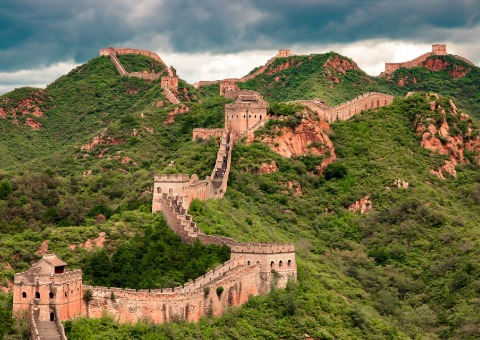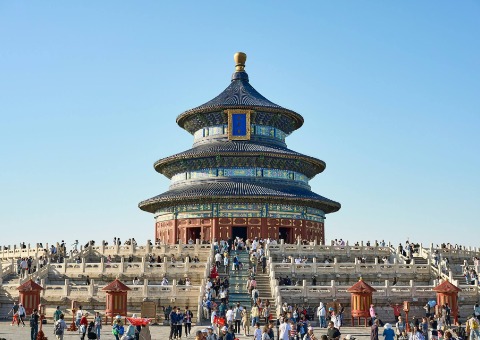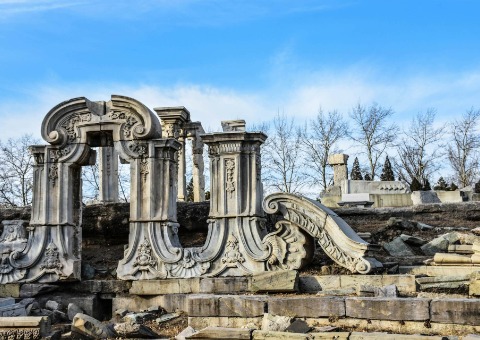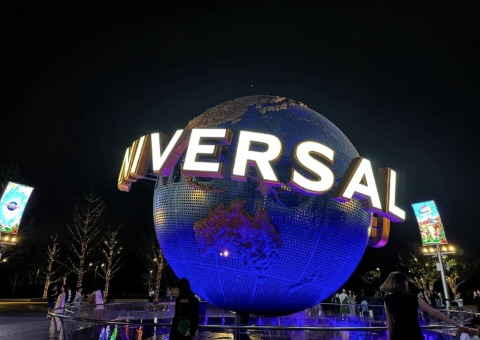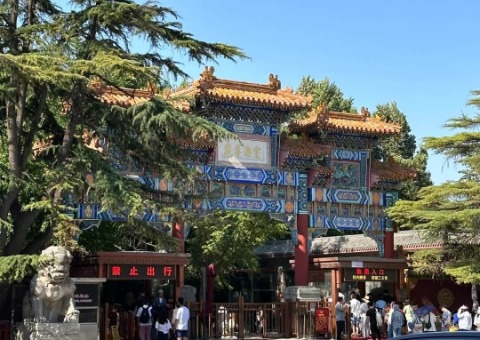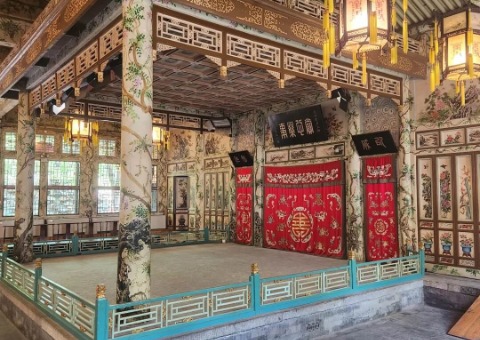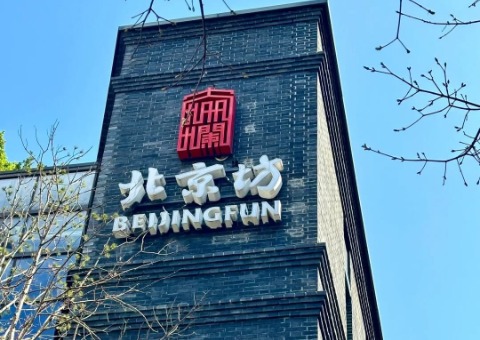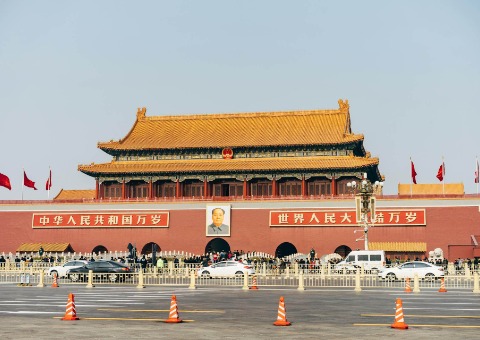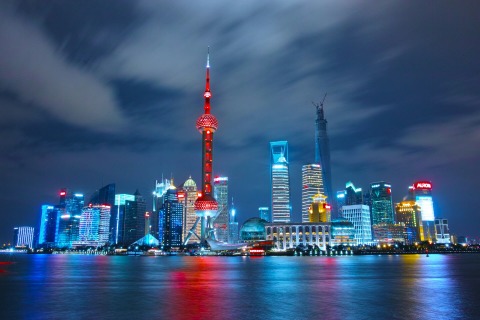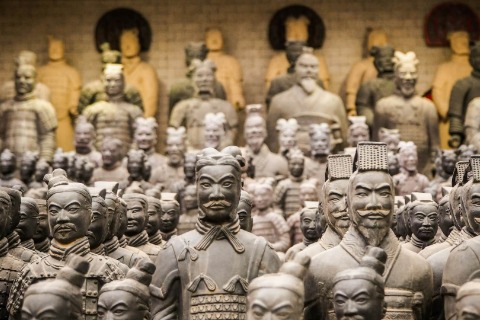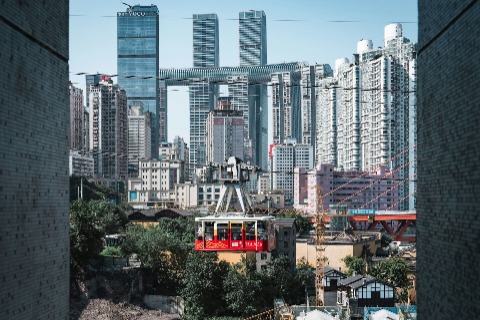Nanluogu Lane
It preserves many traditional Beijing residences
Nanluogu Lane is one of Beijing’s oldest neighborhoods, with a history spanning over 740 years, dating back to the Yuan Dynasty. It features many traditional siheyuan (courtyard houses) and hutongs (narrow alleys) from the Ming and Qing Dynasties, giving it a rich historical and cultural atmosphere. Visitors can explore sixteen hutongs that are steeped in cultural and historical significance, making it a highlight for those seeking an authentic Beijing travel experience.
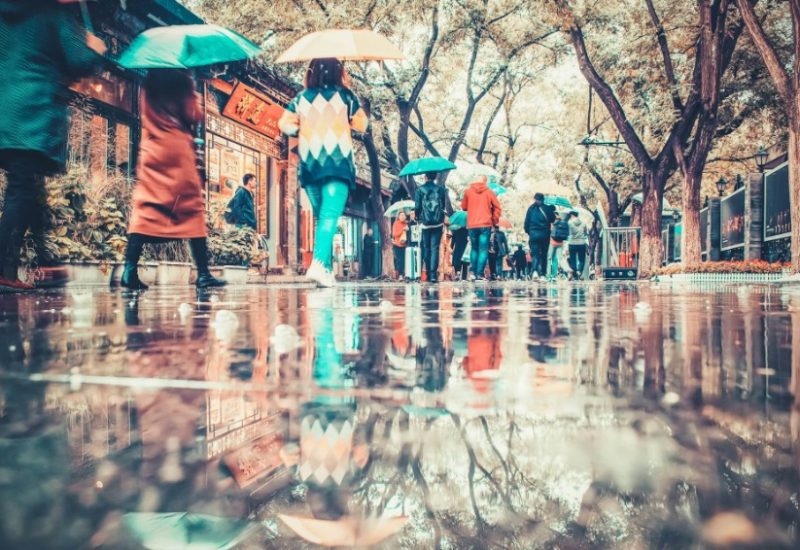
In Nanluoguxiang, you’ll find a variety of traditional Beijing cultural elements, such as snack stalls, hutong bars, and time-honored shops. You can sample authentic Beijing street food like zhajiangmian (noodles with soybean paste), douzhi (fermented mung bean drink), and zha guan chang (fried sausages), each reflecting a long-standing culinary tradition. Additionally, the old-time shops in the area preserve traditional craftsmanship and techniques, offering a taste of old Beijing’s unique flavor and charm.
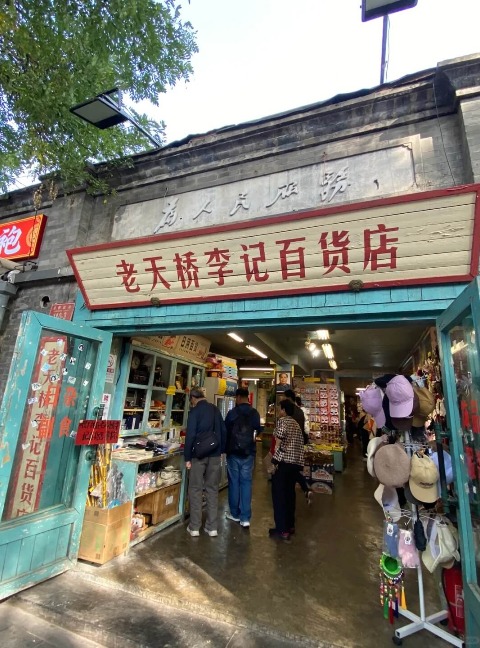
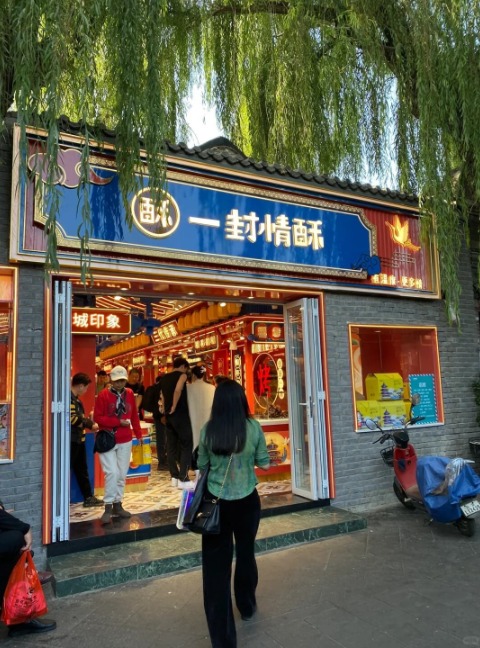
Nanluoguxiang is also a hub for art and creativity. Here, you’ll find a variety of small shops selling handmade crafts, design items, and cultural products. These unique goods are the result of local creative talent, and the area is filled with an artistic atmosphere. The traditional siheyuan courtyard houses blend seamlessly with modern art galleries and coffee shops, creating a distinctive urban landscape. You can stroll along the cobblestone streets and experience the blend of traditional charm and contemporary flair.
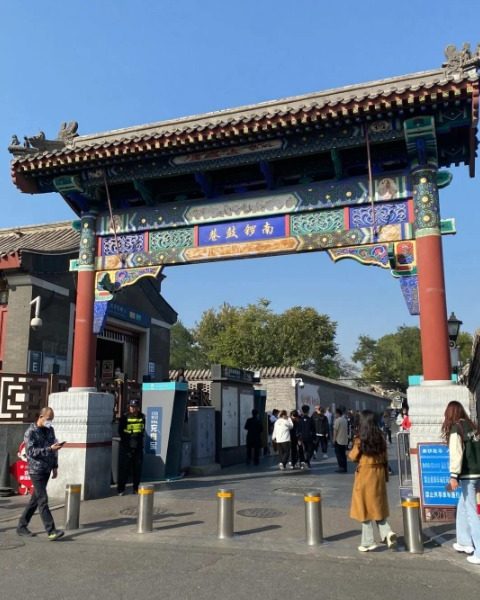
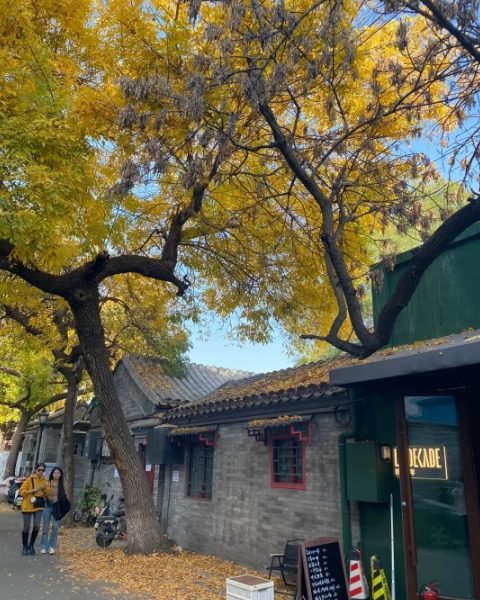
In addition, Nanluoguxiang is surrounded by iconic landmarks such as the Drum Tower and the Bell Tower, as well as a wealth of snack stalls and teahouses. Visitors can enjoy delicious food while also gaining a deeper understanding of Beijing’s culinary culture and traditions.

Table of Contents
How to Get to the Nanluogu Lane
By Bus
- Buses to Nanluoguxiang include routes 104D, 104K, 108D, 113, 201N, 612, 758, Te11, 107D, 124, 204N, 204O, and 635.
By Subway
- Line 6, Nanluoguxiang Station, Exit E: Directly leads to the archway of Nanluoguxiang, suitable for immediate exploration.
- Line 8, Shichahai Station, Exit C: After exiting, you can stroll through the hutongs and walk to Nanluoguxiang.
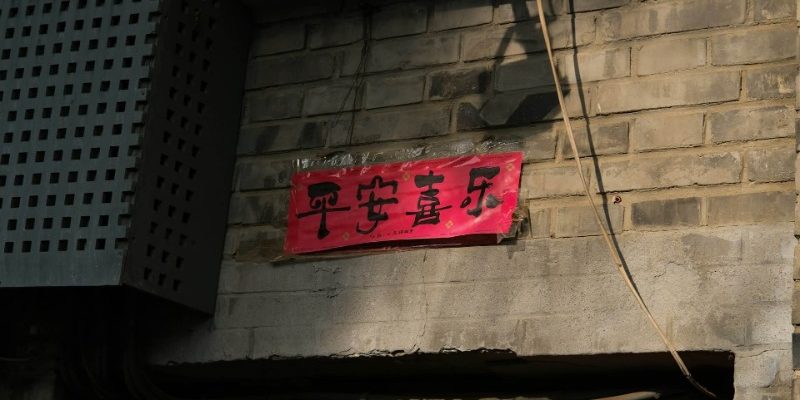
Attraction Information
Hours
- Open daily from Monday to Sunday, all day.
Admission
- No admission fee required.
General Amenities
- Free restrooms
- Vending machine
luggage Storage
- Located about 50 meters from Exit F of Nanluoguxiang Subway Station, open Monday to Sunday from 09:00 to 21:00.
Nearby Police Station
- Jiaodaokou Police Station交道口派出所
No. 7, Banchang Hutong, Dongcheng District, Beijing - In China, the number to call the police is 110. If you have an emergency and need help, you can dial 110 at any time. Local police will usually arrive within minutes and will provide assistance with great care and responsibility.
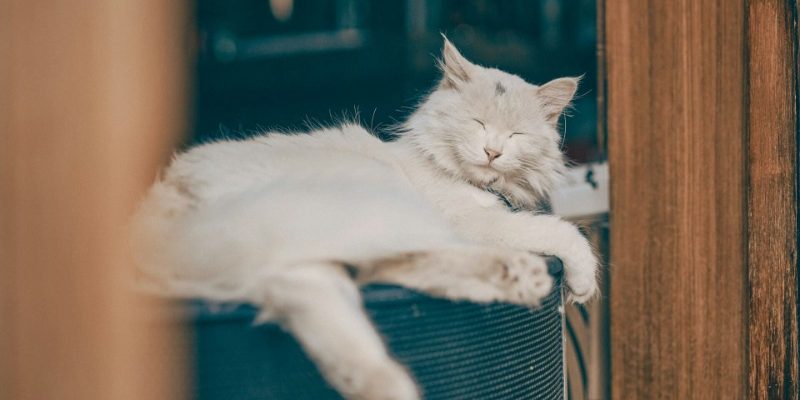
Practical Travel Tips
- Nanluogu lane has many interesting shops worth exploring, like the Time Vintage Shop, Blue and White Store, and Green Code Store.
- It’s recommended to take Line 6 of the subway to enter from the South Gate and exit from the North Gate after your visit.

